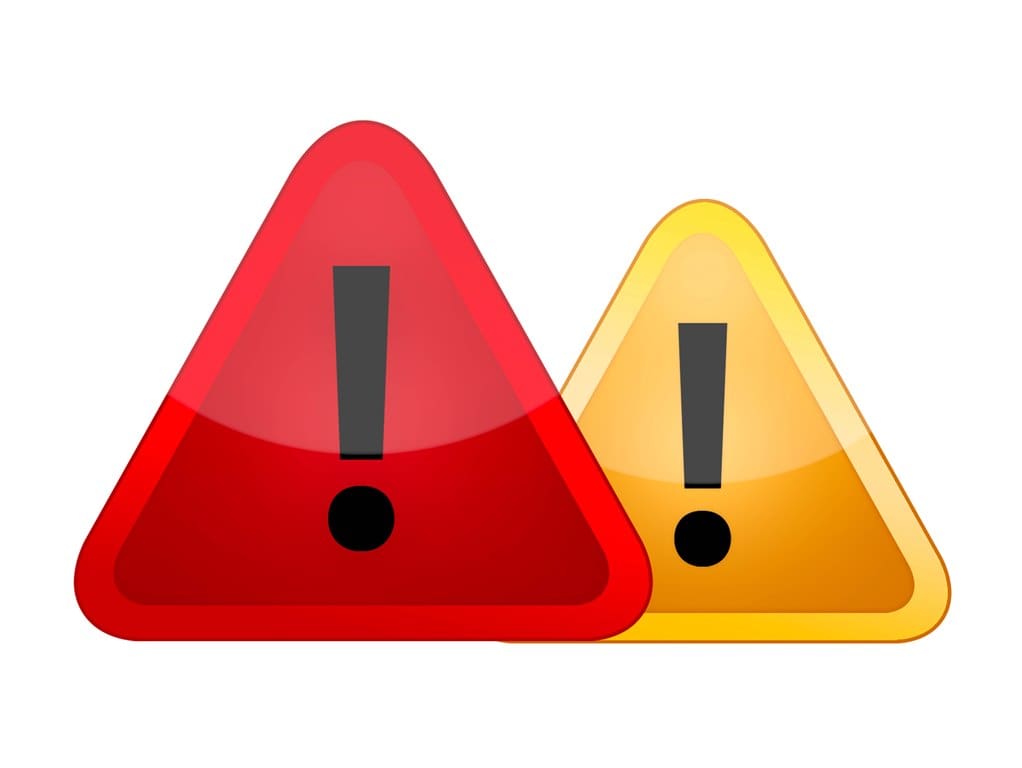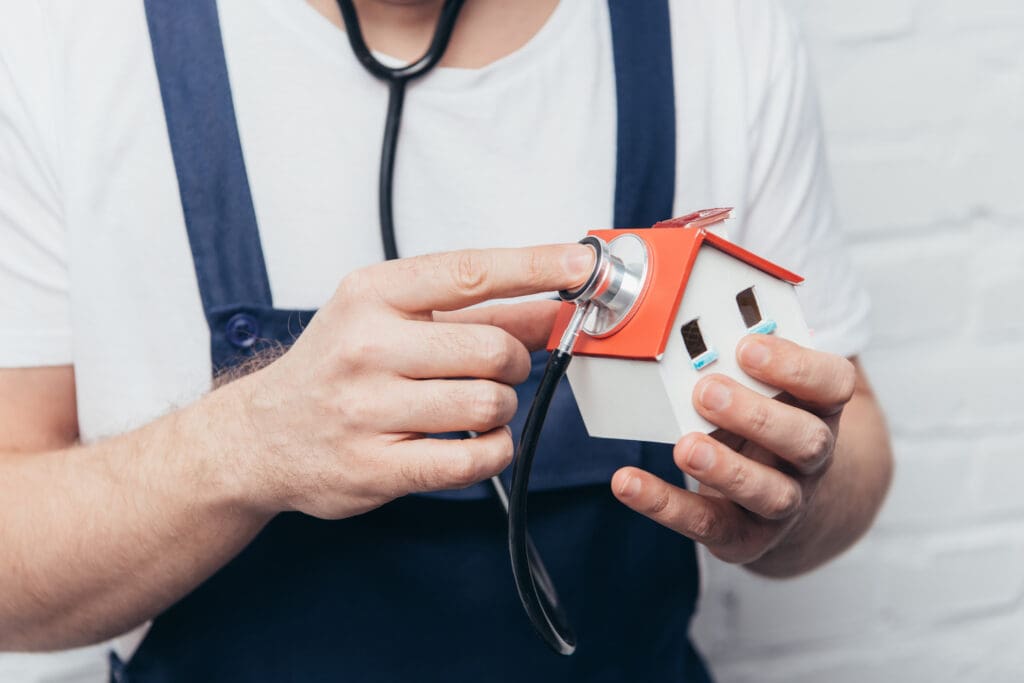When it comes to the excitement of buying a new home, the last thing on your mind might be invisible threats like radon gas. However, overlooking the importance of radon testing could have serious consequences for your health and the well-being of your loved ones.
The Silent Intruder: Radon Gas

Radon is a colorless, odorless gas that seeps into homes through the ground. It is a radioactive element that can pose significant health risks, including an increased likelihood of lung cancer. The concerning part? You might not even be aware of its presence.
Why Test for Radon?
- Health Implications: Radon is a leading cause of lung cancer, responsible for thousands of deaths each year. Testing ensures you’re not unknowingly exposing your family to this risk.
- Property Value: Knowing the radon levels in a home allows you to address the issue early on, preserving the property’s value and preventing future complications during resale.
- Peace of Mind: A radon test provides peace of mind, allowing you to move into your new home without the worry of hidden dangers.
When to Test for Radon

Ideally, radon testing should be conducted during the home inspection phase of the buying process. This ensures that any necessary mitigation measures can be addressed before finalizing the purchase.
Mitigation Solutions
If elevated radon levels are detected, fear not. Effective mitigation solutions are available, ranging from sealing cracks in the foundation to installing radon mitigation systems.
In the grand scheme of home buying, a radon test may seem like a small detail. However, the health and safety of your family should always take precedence. Don’t let the silent intruder go unnoticed—prioritize radon testing to make an informed and responsible decision when purchasing your next home.
#RadonTesting #HomeBuying #HealthAndSafety
